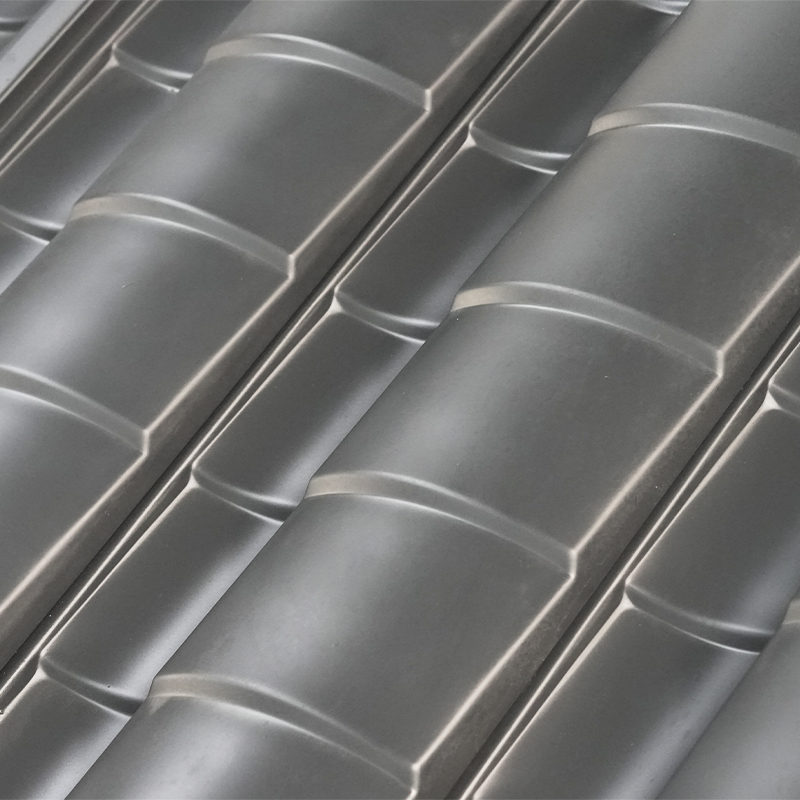Content
- 1 Why Metal Roofing Sheets Are Preferred in Modern Construction
- 2 Versatile Applications Across Residential and Industrial Sectors
- 3 Material Properties and Performance Advantages
- 4 Installation and Maintenance Considerations
- 5 Energy Efficiency and Environmental Benefits
- 6 Choosing the Right Profile and Finish
- 7 Conclusion: Long-Term Value of Metal Roofing Sheets
Why Metal Roofing Sheets Are Preferred in Modern Construction
Metal roofing sheets offer a combination of longevity, strength, and low maintenance that traditional materials like asphalt or clay tiles often cannot match. Their corrosion-resistant coatings, such as galvanized or painted finishes, protect against harsh weather, UV exposure, and chemical pollutants, extending roof life significantly. They are lightweight, reducing the load on structural frameworks, and are compatible with various roof pitches and architectural designs.
Versatile Applications Across Residential and Industrial Sectors
Metal sheets are used in residential housing, commercial buildings, factories, warehouses, and agricultural facilities. They perform well in both sloped and flat roof systems. In residential applications, they contribute to energy efficiency by reflecting solar radiation, while in industrial contexts, they provide fire resistance and the ability to span large areas with minimal support.
Common use scenarios
- Residential homes for durable, low-maintenance roofing
- Industrial warehouses for long-span coverage and fire resistance
- Agricultural buildings to protect against environmental exposure
- Commercial complexes emphasizing energy efficiency
- Renovation projects where lightweight materials reduce structural upgrades
Material Properties and Performance Advantages
Modern metal roofing sheets are manufactured from steel, aluminum, or copper. Coatings and finishes are applied to prevent rust, fading, and physical damage. Steel sheets offer strength and affordability, aluminum sheets resist corrosion in coastal areas, and copper provides aesthetic appeal and unmatched durability. These materials maintain structural integrity under heavy winds, snow, and rain.
Performance comparison
| Material | Key Benefit | Typical Use |
| Galvanized Steel | High strength, cost-effective | Industrial, residential |
| Aluminum | Corrosion resistant, lightweight | Coastal buildings, renovation |
| Copper | Durable, aesthetic appeal | High-end residential, landmarks |
Installation and Maintenance Considerations
Metal roofing sheets are relatively quick to install due to interlocking designs and lightweight profiles. Proper underlayment ensures waterproofing, while fasteners with corrosion-resistant coatings maintain long-term stability. Periodic inspections for scratches, loose fasteners, and sealant integrity are sufficient for maintenance, making metal roofing a low-maintenance solution compared to traditional materials.
Installation tips
- Ensure proper overlap and alignment of sheets to prevent leaks
- Use recommended fasteners and sealants for the material type
- Avoid walking on sheets without protective pads to prevent scratches
- Inspect and maintain roof drainage systems to prevent standing water
Energy Efficiency and Environmental Benefits
Reflective coatings on metal sheets can reduce heat absorption, lowering cooling costs in summer. Many metal roofing products are made from recycled materials and are 100% recyclable at end of life. This combination of energy savings and sustainable material use aligns with modern green building standards and improves the environmental footprint of residential and commercial projects.
Choosing the Right Profile and Finish
Profiles such as corrugated, standing seam, and ribbed sheets each provide specific structural and aesthetic advantages. Standing seam systems excel in water shedding and modern appearance, corrugated sheets are cost-effective and strong, and ribbed designs balance aesthetics with load-bearing capacity. Finishes—matte, glossy, painted, or bare metal—impact durability, reflectivity, and visual integration with the building design.
Conclusion: Long-Term Value of Metal Roofing Sheets
Metal roofing sheets combine durability, low maintenance, and design versatility, making them suitable for residential, industrial, and agricultural applications. Their resistance to harsh weather, energy efficiency, and sustainability benefits provide long-term value, while a variety of profiles and finishes allow customization to architectural needs. With proper installation and routine inspections, metal roofing can last several decades with minimal upkeep.




 English
English русский
русский Español
Español عربى
عربى















